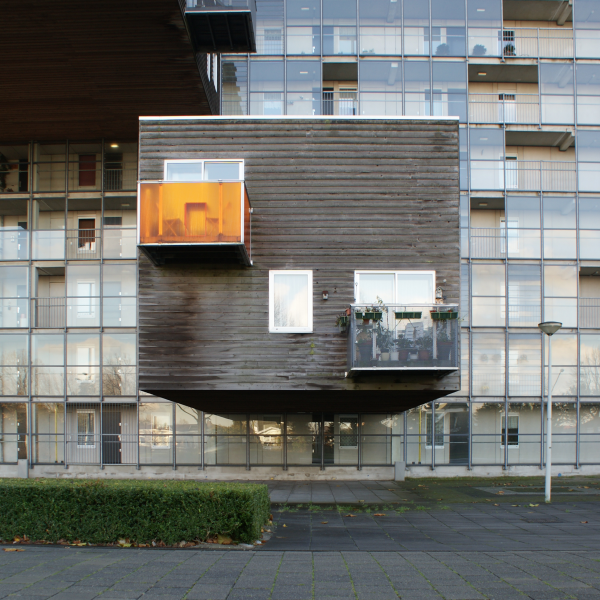
Why DYSE believe in contemporary architecture
Published on March 14, 2018
Architecture isn’t exclusive. Architecture touches everyone. Everyone comes into contact with Architecture on a daily basis; from waking up in a house, to going to work through a transport terminal, to spending a day in the office. The buildings that we live, work and play in have the power to change how we feel, and how we exist in the world around us. Perhaps the most important architecture people interact with is their own home.
For thousands of years, mankind has developed its architecture, constantly challenging limitations and evolving what has gone before. These limitations include how high we build, how far we span, and what we build with. The driving powers behind this have included religion (building the biggest churches or mosques), evolution (building larger and more technological mills), and commercial gain (building the most profitable).
Yet, for the last few centuries, very little has changed in residential architecture. Britain is scattered with houses that have changed little apart from minor aesthetic variations. We live in medium density housing, on pavement lined streets that have hardly changed since the industrial revolution. If anything, our architecture has become more and more pastiche, blending Tudor, Georgian and Victorian ‘styles’ into the same terraced, semi and detached houses. This is architecture that is not of its time, but stuck in a bygone age.
We now have the opportunity to build light filled, technologically advanced and sustainable contemporary homes to accompany our modern day life. Yet profit driven developers churn out housing estate after housing estate of vaguely discernible brick built boxes, squeezed into plots the size of postage stamps.
More and more, we unavoidably have to sacrifice greenfield sites to supply the ever growing demand for housing as our population increases. Surely we should be justifying this sacrifice by offering architecture that delights and is also good for the environment and thus society. The architecture we offer should belong to the place and time. The architecture we offer should be enjoyed by those that experience it.
The building heritage of today is centred on pushing the boundaries of construction. Of course we should preserve this heritage such that future generations have the opportunity to enjoy this. Yet if we don’t also embrace contemporary design, we are missing the opportunity to create the heritage of tomorrow.
One line of thought would be to build in keeping with the existing, to conceal the architecture of today as architecture of the past. But does this really reflect the nature and history of our communities? By masking what we build today, we marginalise the historic and cultural significance of the existing. Contemporary design provides the opportunity to highlight and accommodate the differences and embrace what is now.
We can only hope that more people will begin to recognise and embrace change, rather than resist it. If we take this opportunity, we have the chance to create a more positive, enjoyable, sustainable future that we can all experience.
Images: Courtesy of Kelsall Architects https://www.kelsallarchitects.com/
Image 1: Whitworth Art Gallery, UK. McInnes Usher McKnight Architects
Image 2: Wood House, UK. Kelsall Architects
Image 3: Wozoco, Netherlands. MVRDV